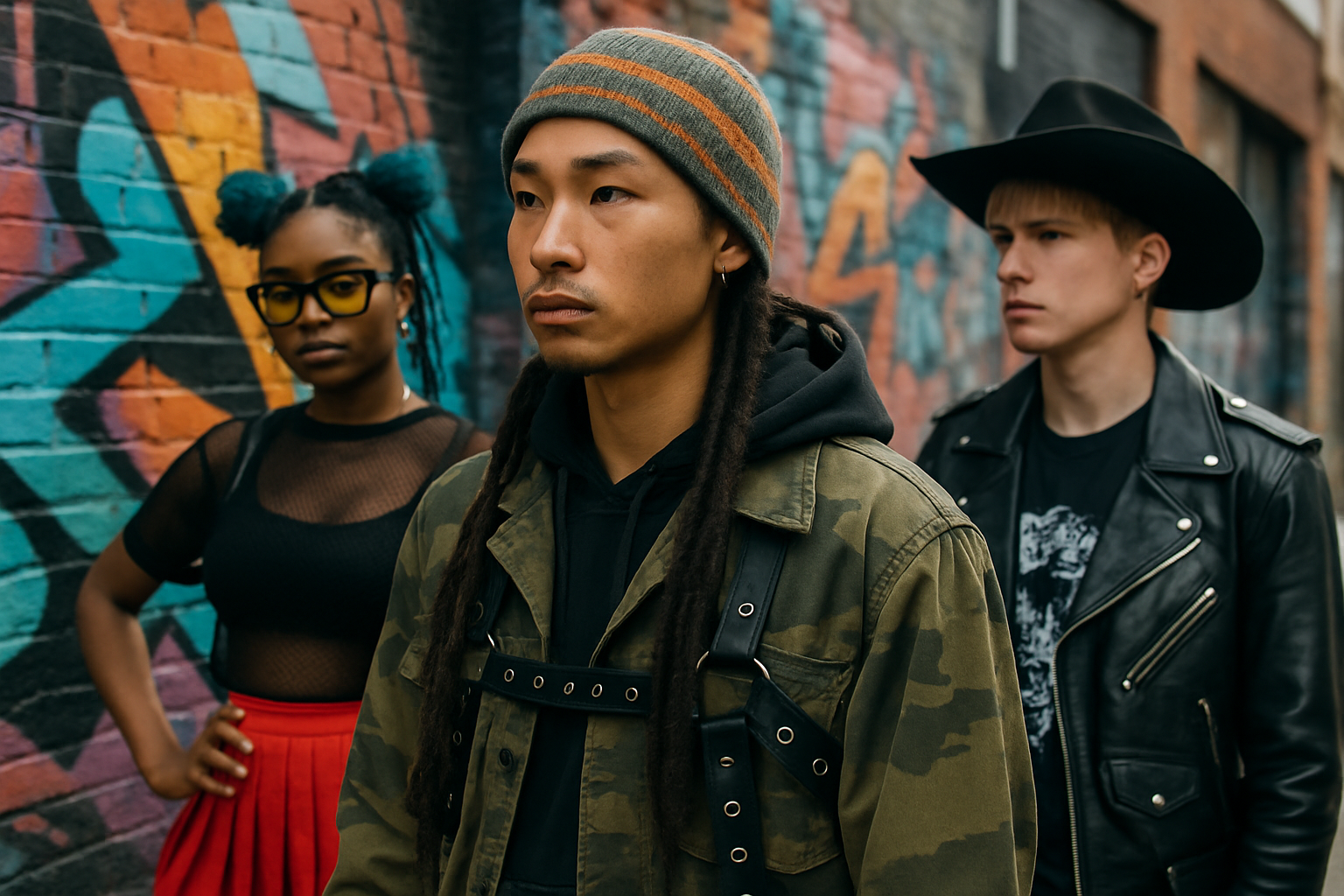Western Hats: From Practical Gear to Timeless Fashion
Explore how western headwear evolved from a practical necessity on the range to a lasting fashion symbol. This article covers materials (beaver, rabbit, wool, straw, leather, synthetics), modern styles, fit and care tips, pricing tiers, and the cultural influence of cowboy hats in contemporary fashion and heritage contexts. Ideal for buyers, collectors, and anyone curious about western hat craftsmanship and style.

The classic western hat has traveled a long path from functional workwear to an icon of style. Once chosen primarily for protection from sun, wind, and rain, these hats now occupy a place in runways, music stages, and city streets while still serving practical needs. Below is an overview of current styles and materials, advice on selecting and maintaining a hat, a pricing guide, and a look at the cultural role these pieces continue to play.
Modern western hat styles and materials
Today’s western hats are made in a broad range of materials and silhouettes to suit both traditional uses and contemporary tastes. Felt remains a hallmark of quality; premium felt hats are often crafted from beaver and rabbit fur felts that deliver resilience, water resistance, and a smooth finish. Pure wool felt is a common mid-range choice that offers warmth and structure at lower cost. For hot-weather wear, straw cowboy hats provide breathability and a lightweight feel, available in varying weaves and brim shapes.
Designers and manufacturers also employ modern materials and treatments: weatherproofed leathers, synthetic felt blends, and moisture-resistant coatings extend usability in varied climates while retaining the classic western outline. Contemporary styling experiments with crown heights, brim curves, and decorative details—conchos, hatbands, and stitching—let wearers blend ranch-ready practicality with urban or upscale aesthetics.
How western hats influence fashion
What began as a purely utilitarian accessory has become a potent fashion element. High-fashion labels regularly borrow western motifs—wide brims, pinched crowns, and rustic embellishments—introducing them on runways and in editorial shoots. At the same time, mainstream brands produce accessible iterations that bring the cowboy look to everyday wardrobes.
The result is versatility: a western hat can complete rugged ranch attire or elevate a modern streetwear outfit. Country musicians and rodeo performers reinforce the hat’s cultural image, while stylists and celebrities reinterpret it for metropolitan contexts. This dual life—functional gear and fashionable statement—helps explain the enduring popularity of western headwear.
Choosing the right hat: fit, face shape, and purpose
Selecting a western hat is about more than appearance. Fit, intended use, and climate all factor into a satisfactory purchase. A proper fit should feel secure without pinching; a common fitting guideline is that the hat rests roughly one finger’s width above the ears and eyebrows. Consider crown shape relative to face shape: taller crowns can elongate the face, while wider brims alter perceived proportions.
Think about how you will use the hat. For daily outdoor wear choose durable, water-resistant felts or treated leather. For comfort in summer, opt for breathable straw weaves. If the hat is a style piece for occasional wear, focus on finish and decorative features. Trying several sizes and styles remains the best method to find the ideal match.
Care and maintenance for longevity
Proper care significantly extends a hat’s life and preserves its look. Store hats on a flat surface or a hat stand to keep the brim and crown from warping; avoid stacking hats. Use a soft brush to remove dust—brushing with the grain of the felt for felts—and a slightly damp cloth for light stains on leather. For persistent shaping issues, a professional hatter can steam and reshape crowns and brims.
Protective measures include keeping hats out of prolonged direct sunlight to prevent fading, avoiding immersion in heavy rain (unless the hat is specifically waterproofed), and using a hatbox for travel. Regular, gentle maintenance pays off in both aesthetics and function.
| Quality Level | Material Type | Price Range |
|---|---|---|
| Entry-Level | Wool Felt | $40–$100 |
| Mid-Range | Pure Wool / Basic Fur Felt | $100–$300 |
| Premium | Beaver / Rabbit Fur Felt | $300–$1,000 |
| Luxury / Custom | Premium Fur Felt / Exotic Materials | $1,000+ |
Prices, rates, or cost estimates mentioned in this article are based on the latest available information but may change over time. Independent research is advised before making financial decisions.
Cultural significance and contemporary appeal
Western headwear still signifies American heritage while adapting to modern culture. In rodeos, on country-music stages, and across working ranches, these hats remain deeply embedded in tradition. At the same time, their presence in boutiques and urban wardrobes shows how a utilitarian item can become a cross-cultural fashion symbol.
That blend of utility and identity gives western hats their staying power. Whether worn for protection on the range or as a carefully chosen style accessory, these hats carry craft, history, and visual impact. The ongoing innovations in materials and design ensure they’ll continue to meet practical needs and aesthetic desires for years to come.






